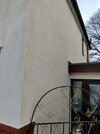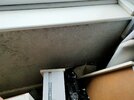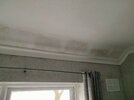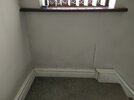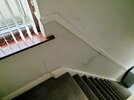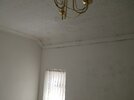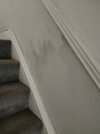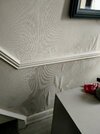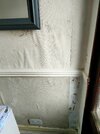- Joined
- 11 Dec 2012
- Messages
- 4,469
- Reaction score
- 2,205
- Country

John, get your daughter to slow down. This sounds very much like condensation. Penetrating dampness in masonry walls is vanishingly rare. Black mould does not flourish in dampness caused by rainwater or rising ground water because the minerals prevent black mould from growing. Black mould loves purified water which comes from condensation. It is not impossible to have a combination of the two but, as I said, I have tested (properly) for penetrating dampness on hundreds of occasions and it always turns out to be condensation.
Photos of internal and external would be very useful.
This, 100%.
My bet is condensation. High humidity levels.




